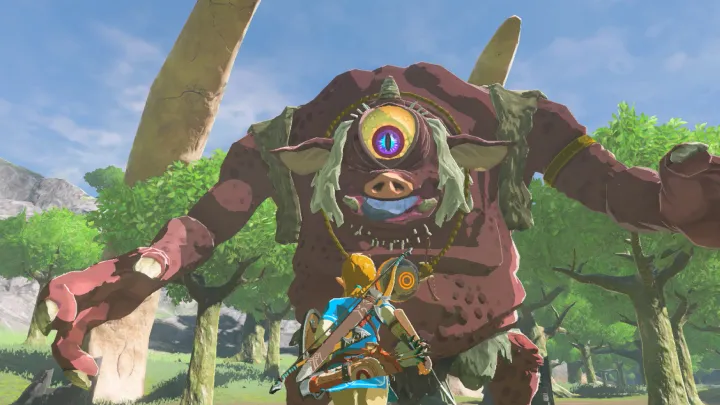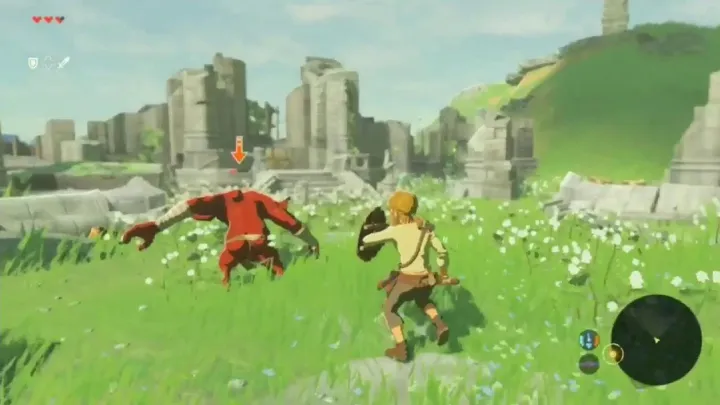The Legend of Zelda: Majora's Mask – The Art of Creating Tension Through Time Limitation

The Legend of Zelda: Majora's Mask, released in 2000 for the Nintendo 64, is often regarded as one of the most unique entries in the Zelda franchise. Unlike its predecessor, Ocarina of Time, which offered a more traditional adventure with a straightforward narrative, Majora's Mask introduces a darker and more complex atmosphere, driven by the looming threat of an impending apocalypse. Central to this experience is the game's innovative time system, which creates tension and urgency. This article explores how Majora's Mask utilizes time limitation to enhance gameplay, storytelling, and emotional engagement.
The Three-Day Cycle
Concept of the Cycle
At the heart of Majora's Mask is a unique mechanic: the three-day cycle. Players have a limited amount of time—approximately 54 minutes in real time—to prevent the moon from crashing into the world of Termina.
The Pressure of Time
This time constraint creates an atmosphere of urgency and pressure. Players must manage their time wisely, balancing exploration, quest completion, and character interactions within the limited timeframe.
The Role of the Ocarina
To navigate this cycle, players use the Ocarina of Time to manipulate time. By playing specific melodies, Link can slow down or reset time, allowing for strategic planning.
Time Management Mechanics
- Song of Time: Resets the three-day cycle but at the cost of losing progress on certain quests.
- Inverted Song of Time: Slows down the passage of time, giving players more opportunity to explore and complete tasks.
Emotional Weight of Time
The looming threat of the moon adds a layer of emotional depth to the game. Players are not just racing against time; they are also experiencing the fear and anxiety that come with the impending doom of Termina.
Quest Structure and Time Constraints
Side Quests and the Flow of Time
Majora's Mask features numerous side quests that are intricately tied to the time system. Many quests require players to complete tasks within specific time frames, adding to the overall challenge.
The Importance of NPC Schedules
Each non-playable character (NPC) in the game follows a specific schedule, dictating when they are available for interaction. This scheduling creates a sense of realism but also necessitates careful planning by the player.
Examples of Time-Sensitive Quests
- Anju and Kafei's Quest: A complex storyline with multiple steps that must be completed within the three-day cycle, culminating in a heartfelt ending.
- The Bombers’ Secret Society: Players must solve riddles and challenges within specific time limits to earn rewards.
The Reward of Mastery
Successfully navigating these time-sensitive quests provides a sense of accomplishment and mastery. Players must learn the intricacies of the game's world and the habits of its inhabitants, enhancing their engagement with the narrative.
Themes of Loss and Regret
The Cycle of Repetition
The three-day cycle not only serves as a gameplay mechanic but also reinforces themes of loss and regret. Each time players reset the cycle, they witness the same events unfold, deepening the emotional impact.
The Weight of Choices
Players may feel a sense of guilt as they reset time, knowing that their actions have consequences for the characters they interact with. This highlights the emotional stakes of the game, making players consider the ramifications of their choices.
Emotional Resonance of NPCs
Many NPCs in Majora's Mask have their own stories, often filled with sadness and longing. As players interact with these characters, they become invested in their fates, heightening the emotional weight of the impending apocalypse.
Examples of Heartfelt Stories
- The Struggles of the Deku Scrub: His transformation reflects themes of loss and identity.
- The Tragic Love Story of Anju and Kafei: Their quest encapsulates the pain of separation and the desire for connection.
The Unique Atmosphere of Termina
A World on the Brink of Collapse
Majora's Mask presents a world that feels alive yet on the verge of collapse. The impending doom of the moon creates a pervasive sense of dread that permeates every aspect of gameplay.
Visual and Auditory Design
The game's art style and sound design contribute to its unique atmosphere. The unsettling music, along with the distinct visual aesthetics, enhances the feeling of tension and urgency.
The Role of Masks
Masks in Majora's Mask serve as both gameplay mechanics and narrative devices. Each mask grants Link unique abilities and allows players to experience the world from different perspectives.
Themes of Identity and Transformation
The masks symbolize the various roles and identities that individuals might assume, reflecting the complexity of human emotions and experiences.
The Legacy of Majora's Mask
Influence on Future Titles
Majora's Mask's innovative approach to time mechanics and storytelling has influenced numerous games since its release. Its emphasis on emotional depth and complex narratives set a precedent for future titles within and outside the Zelda franchise.
Lasting Impact on Game Design
The game demonstrated that mechanics could be intertwined with narrative and emotional engagement, paving the way for more immersive experiences in gaming.
Ongoing Popularity
Even years after its initial release, Majora's Mask remains a fan favorite. Its unique blend of gameplay and storytelling continues to resonate with both new players and those who experienced it during its original run.
Conclusion
The Legend of Zelda: Majora's Mask is a masterclass in utilizing time limitation as a core gameplay mechanic. The three-day cycle not only creates tension and urgency but also enhances storytelling and emotional engagement. Through its unique world, complex characters, and innovative mechanics, Majora's Mask invites players to confront themes of loss, regret, and the passage of time. As players navigate the challenges of Termina, they are not just racing against the clock; they are embarking on a profound journey of self-discovery and emotional reflection.

















